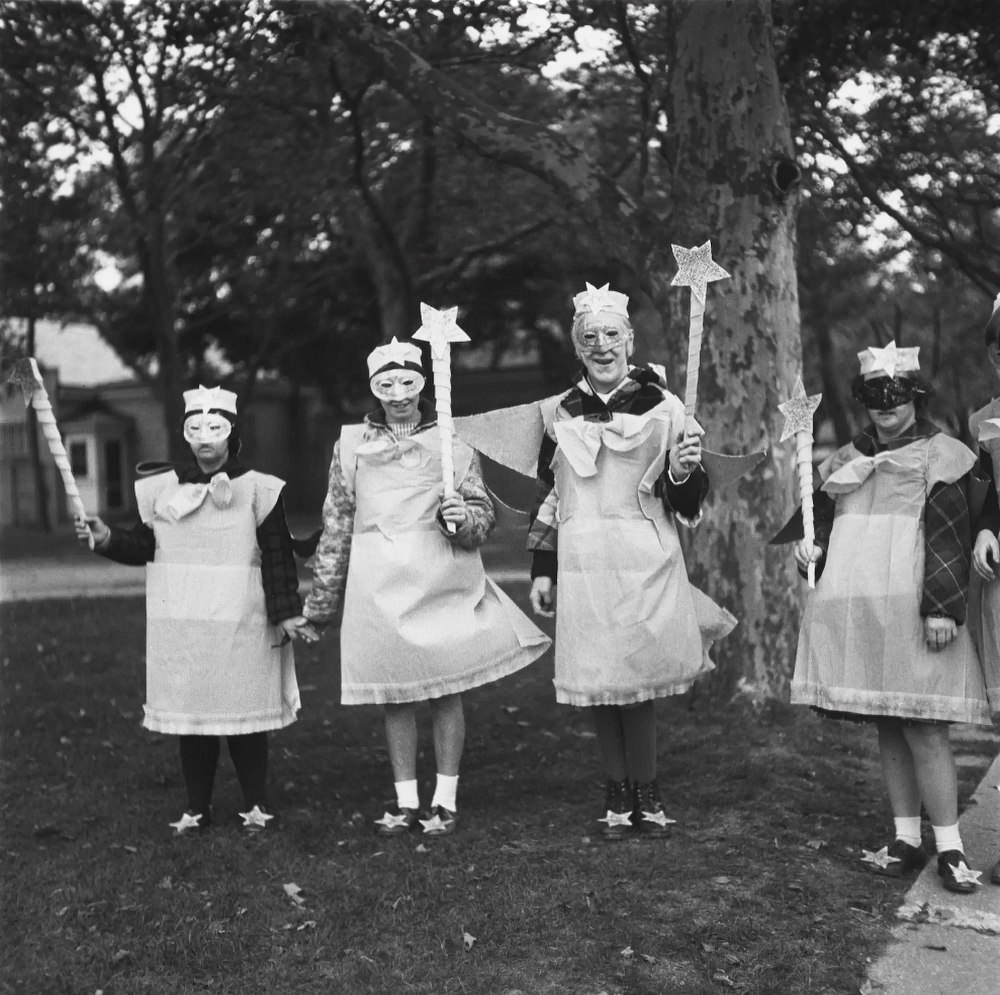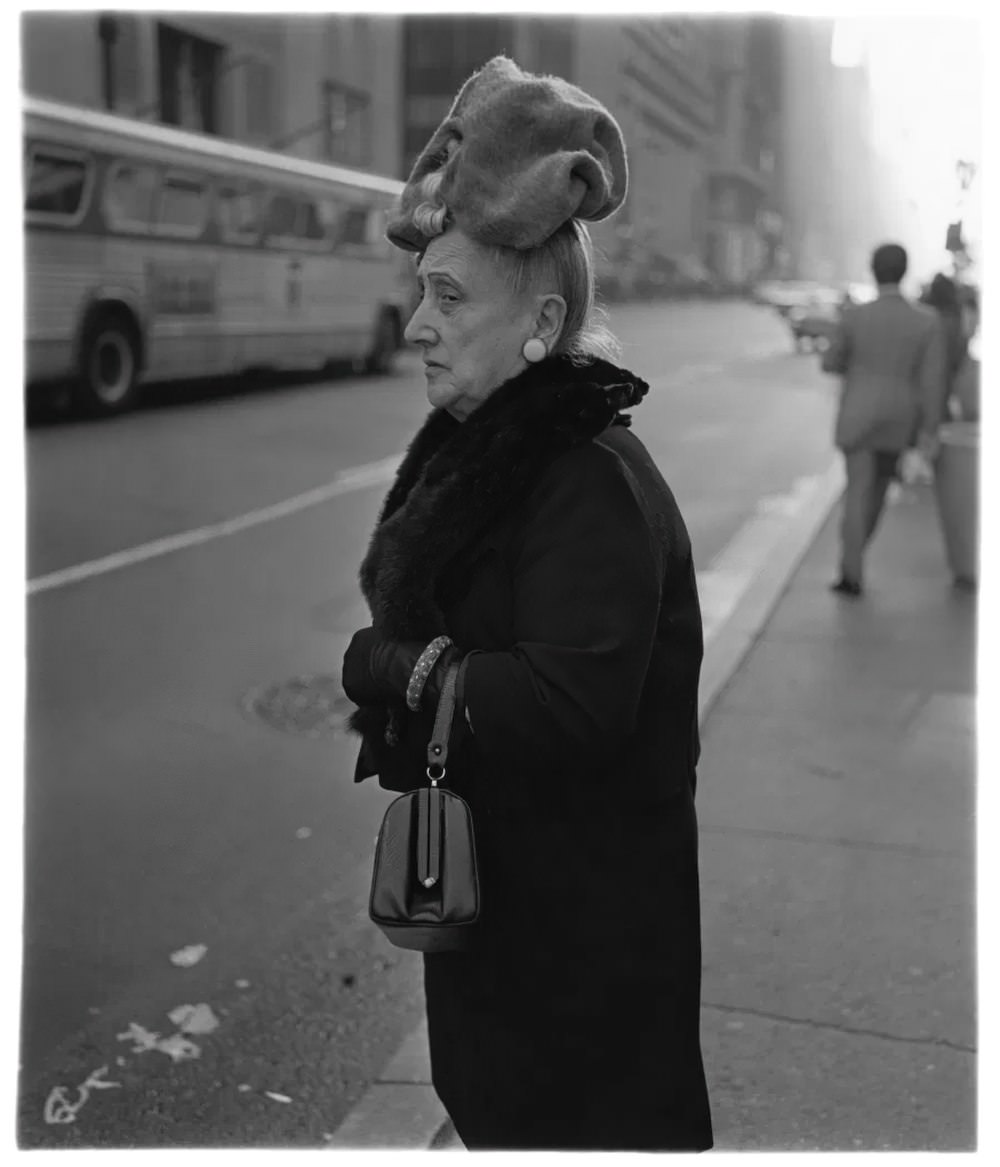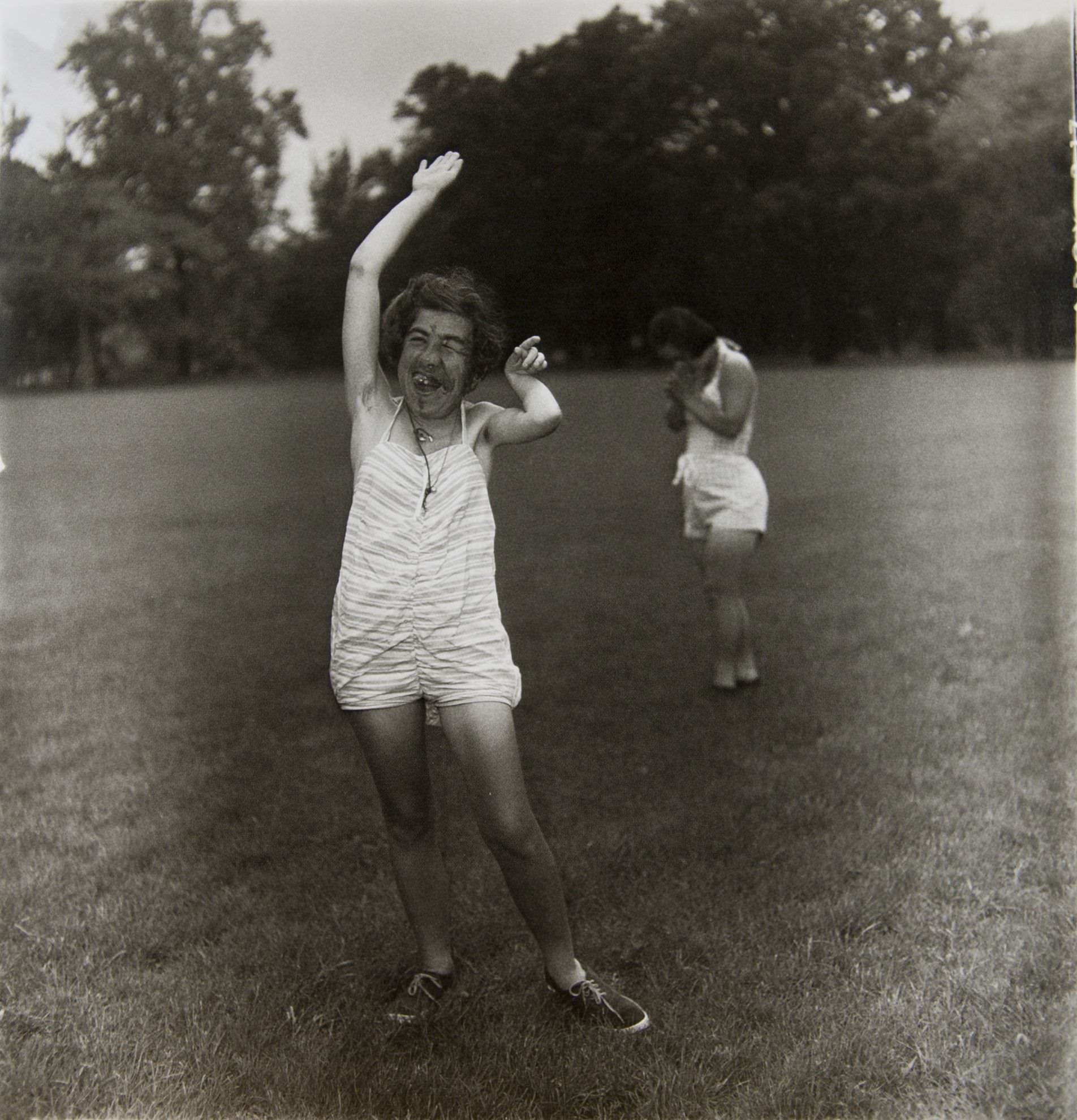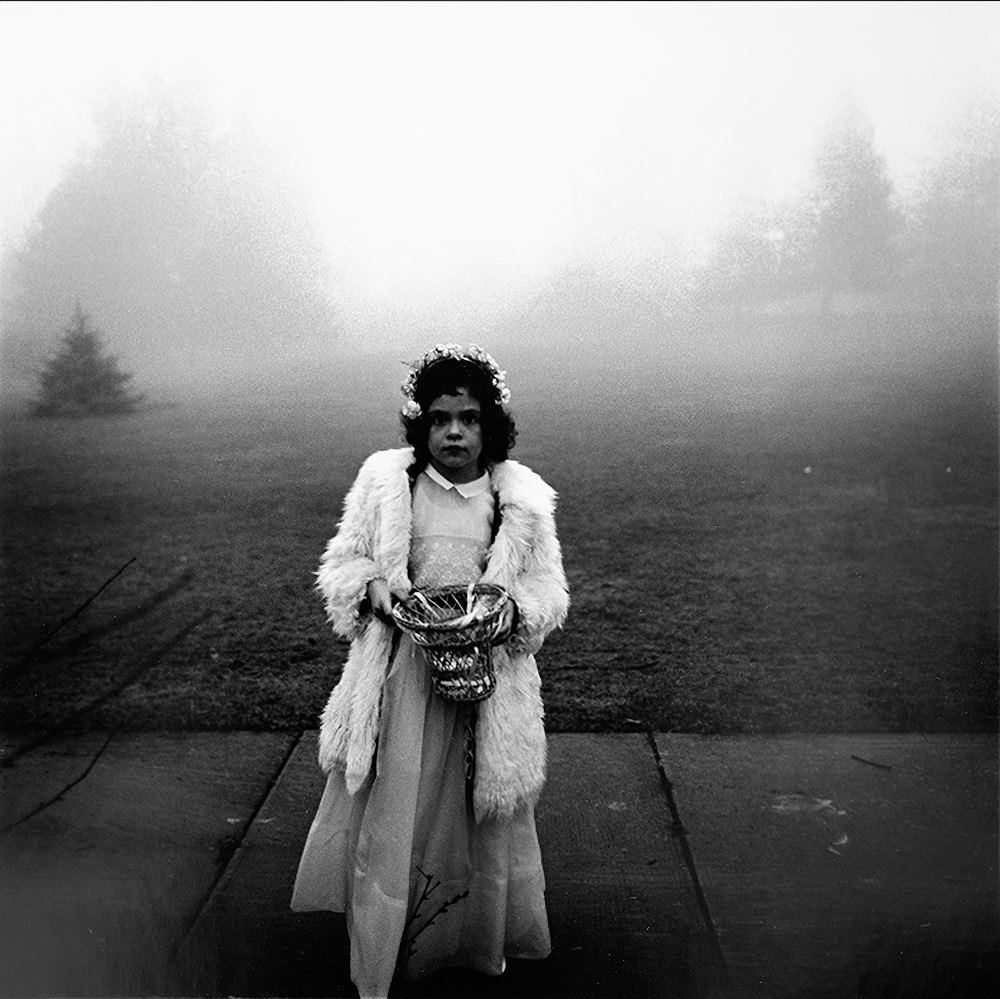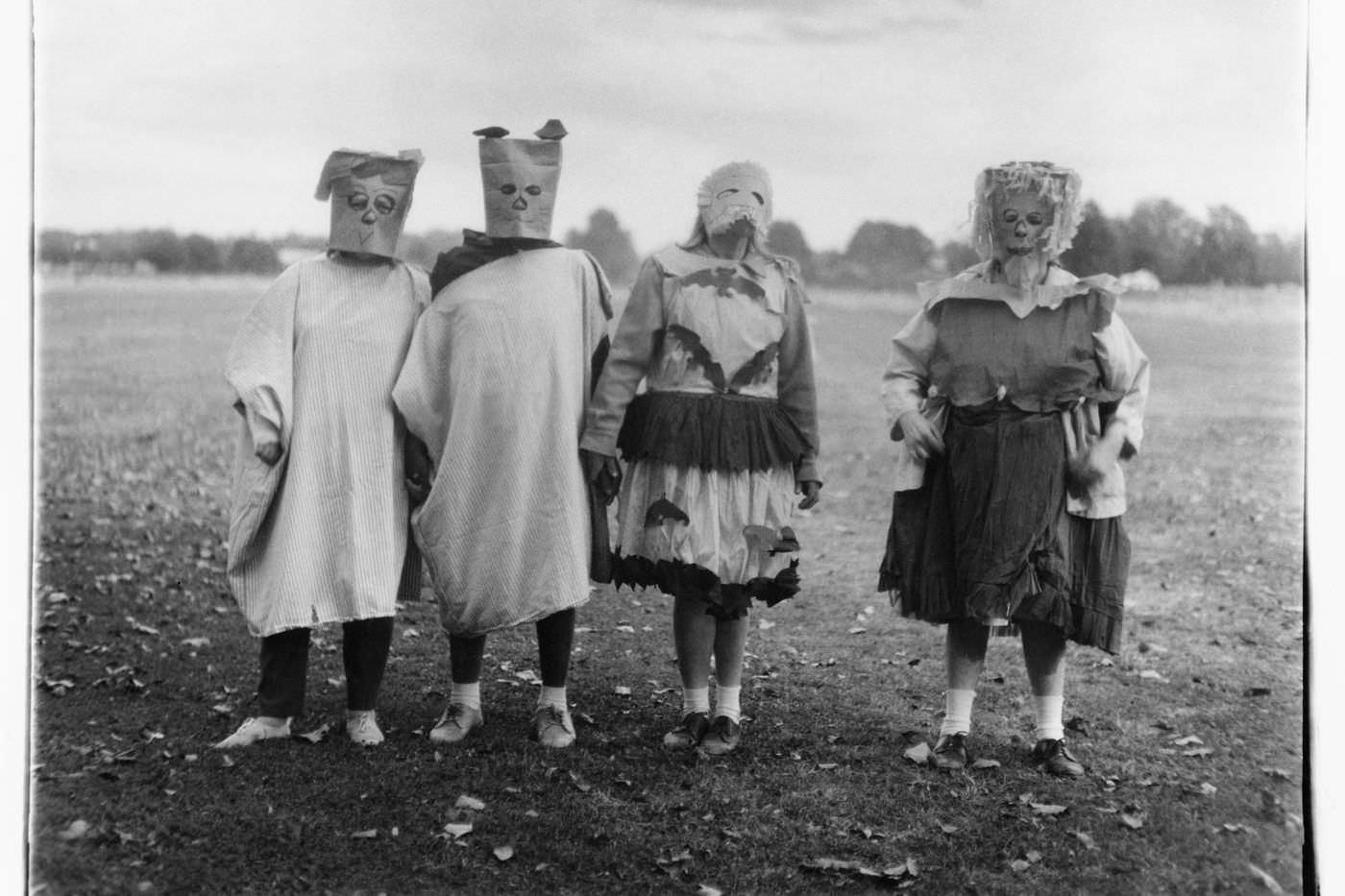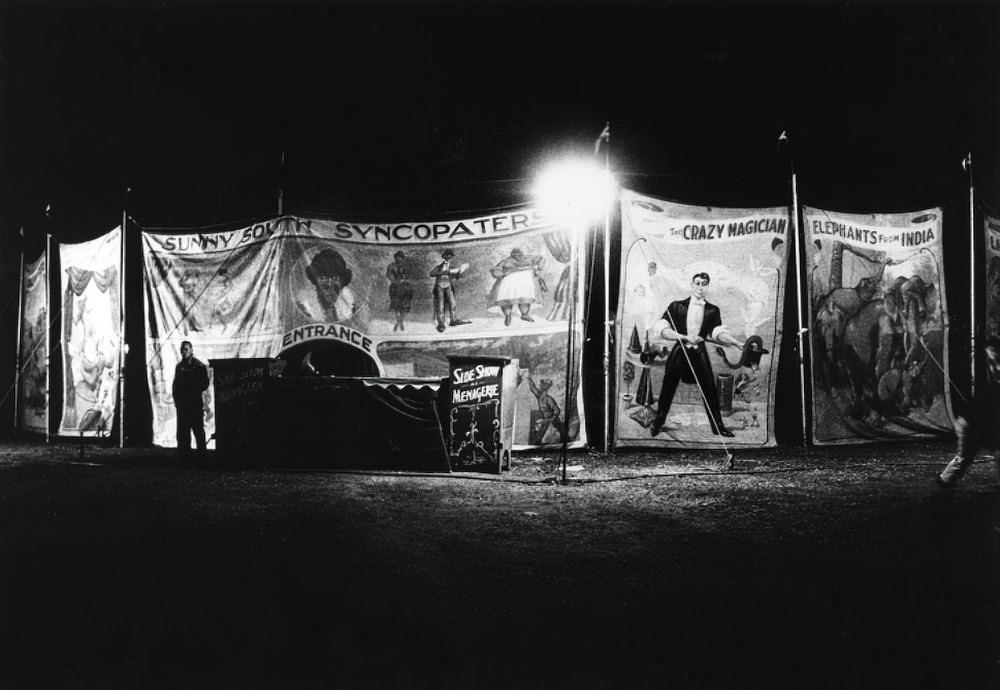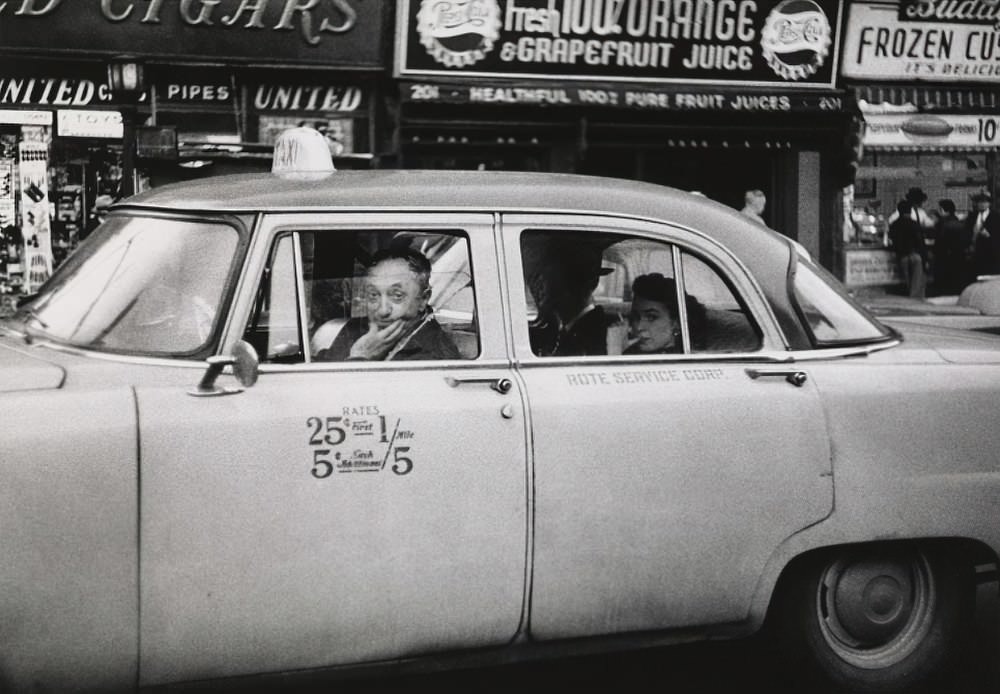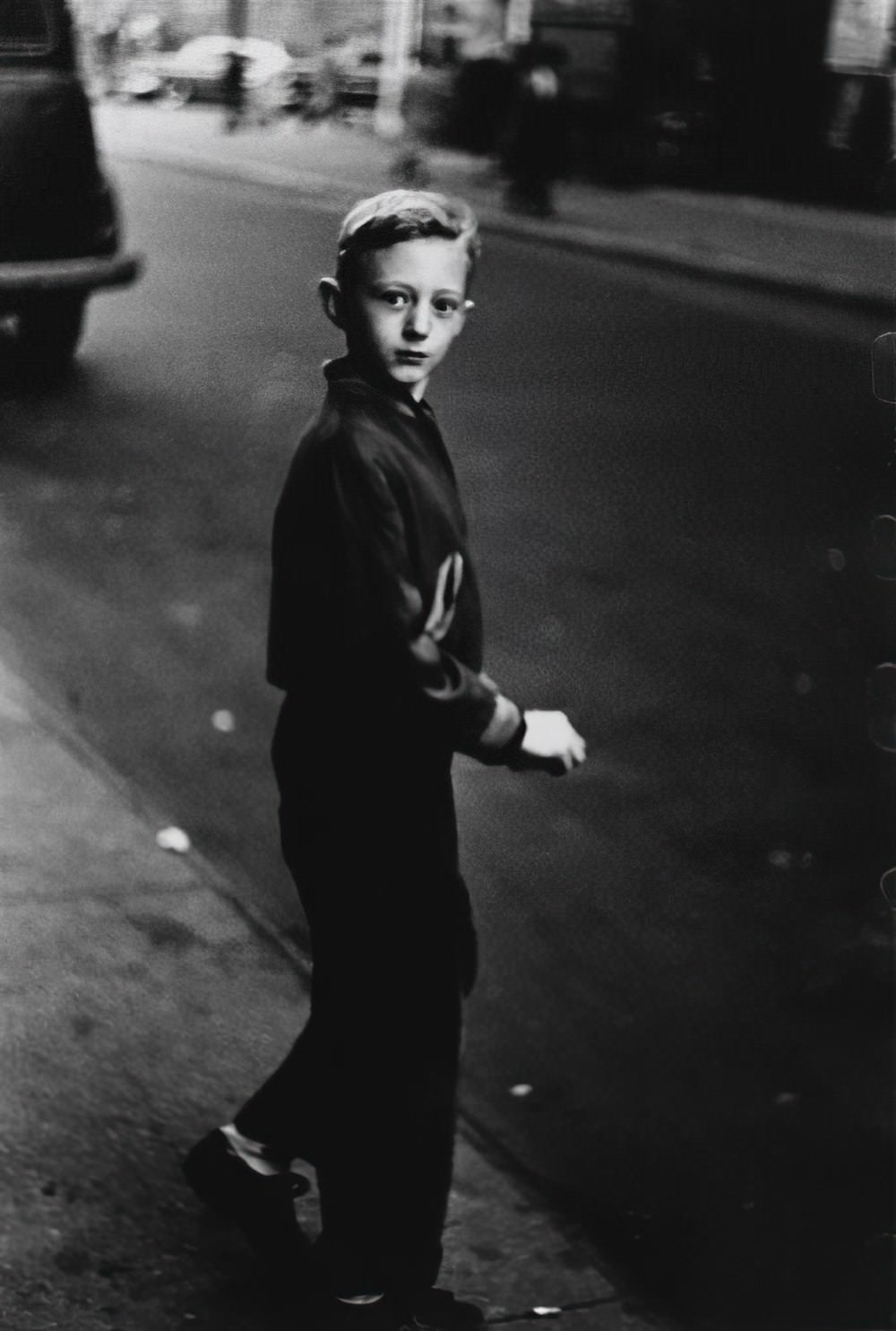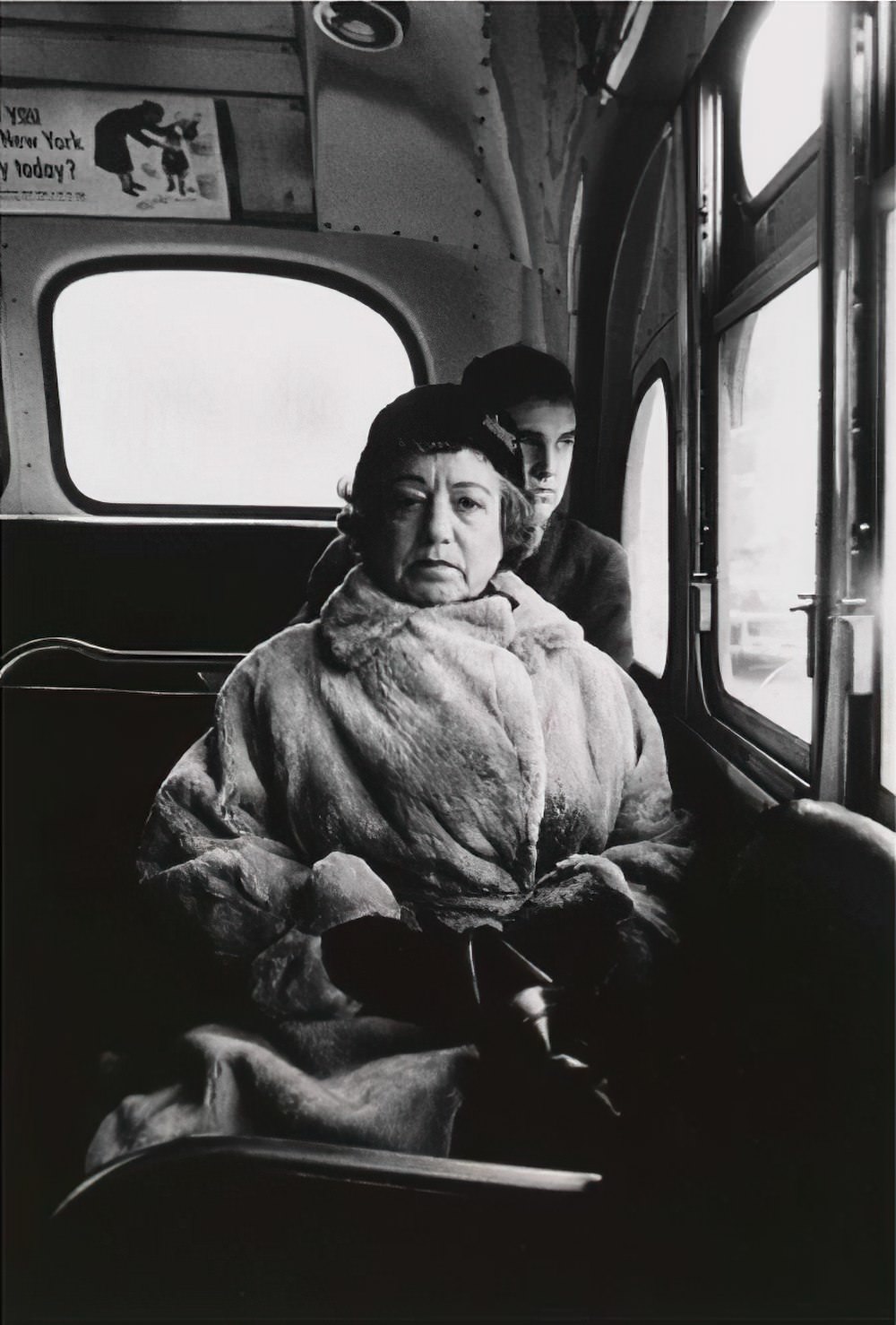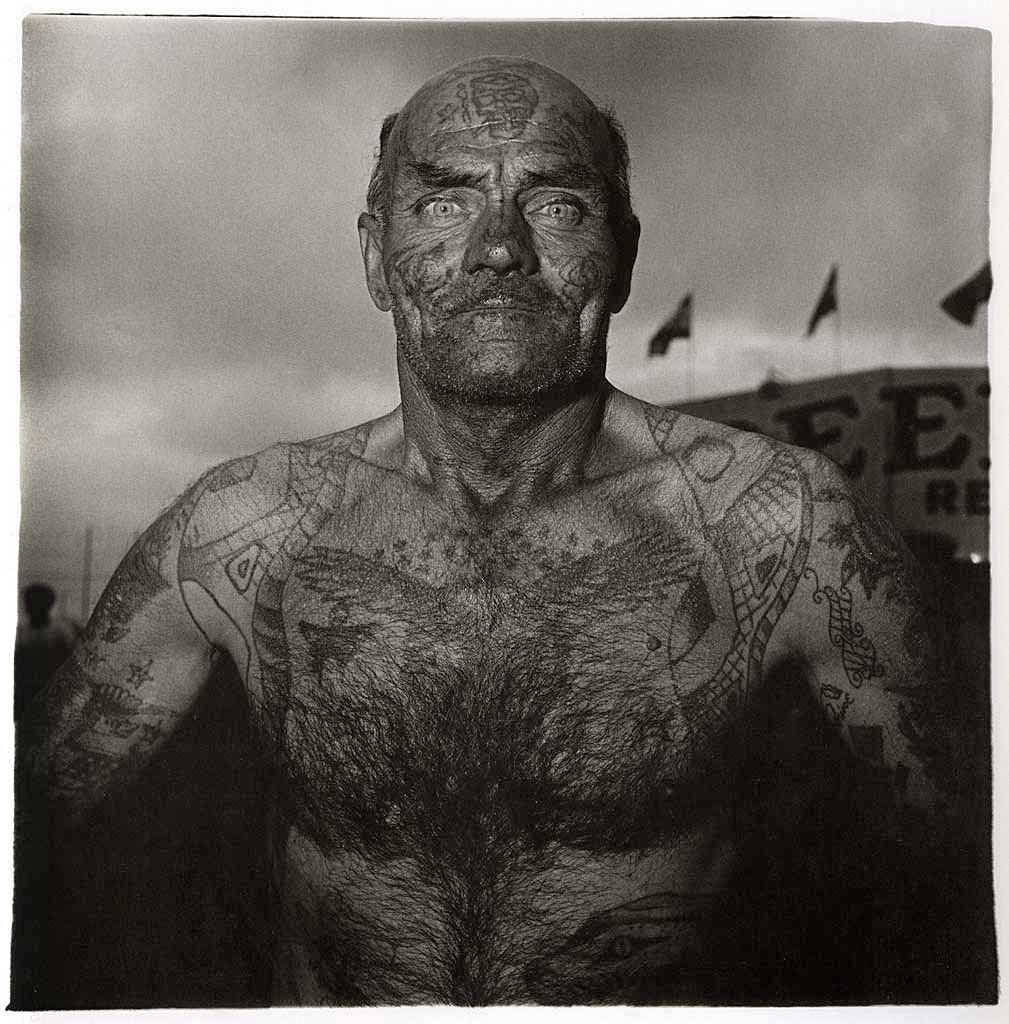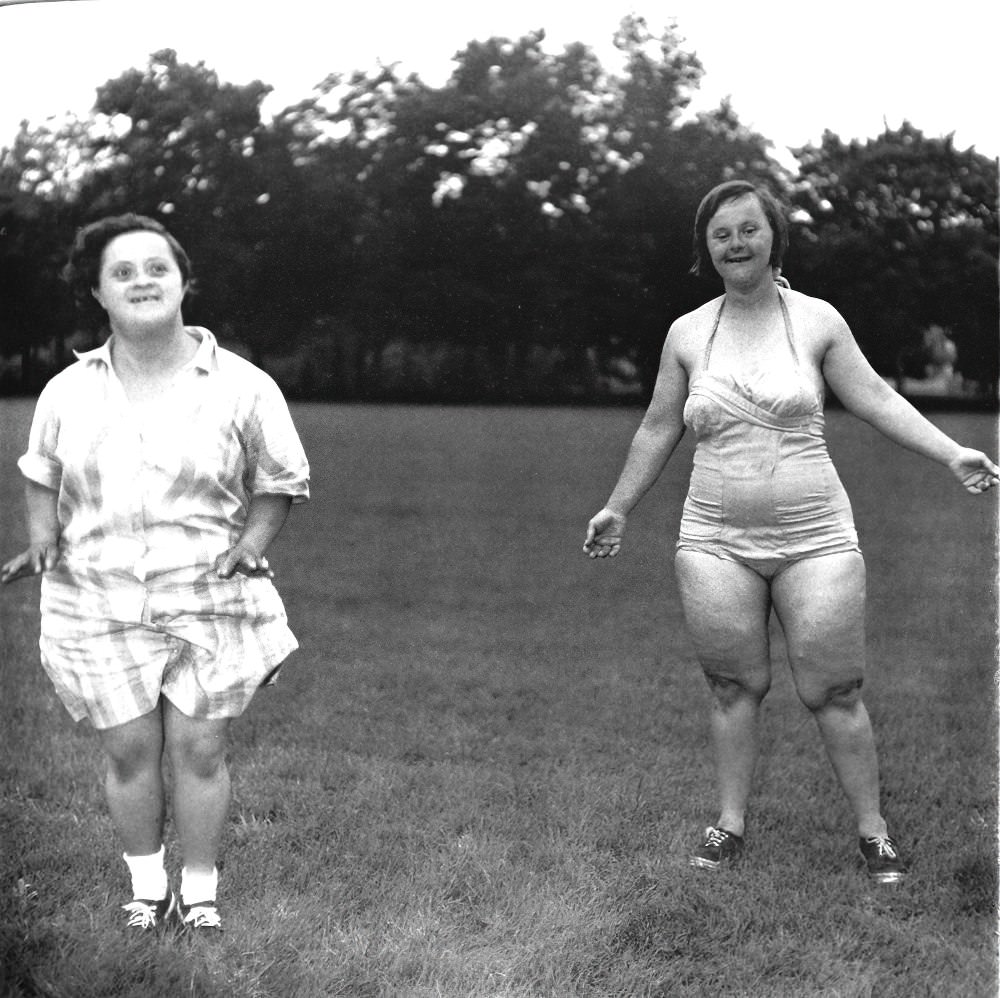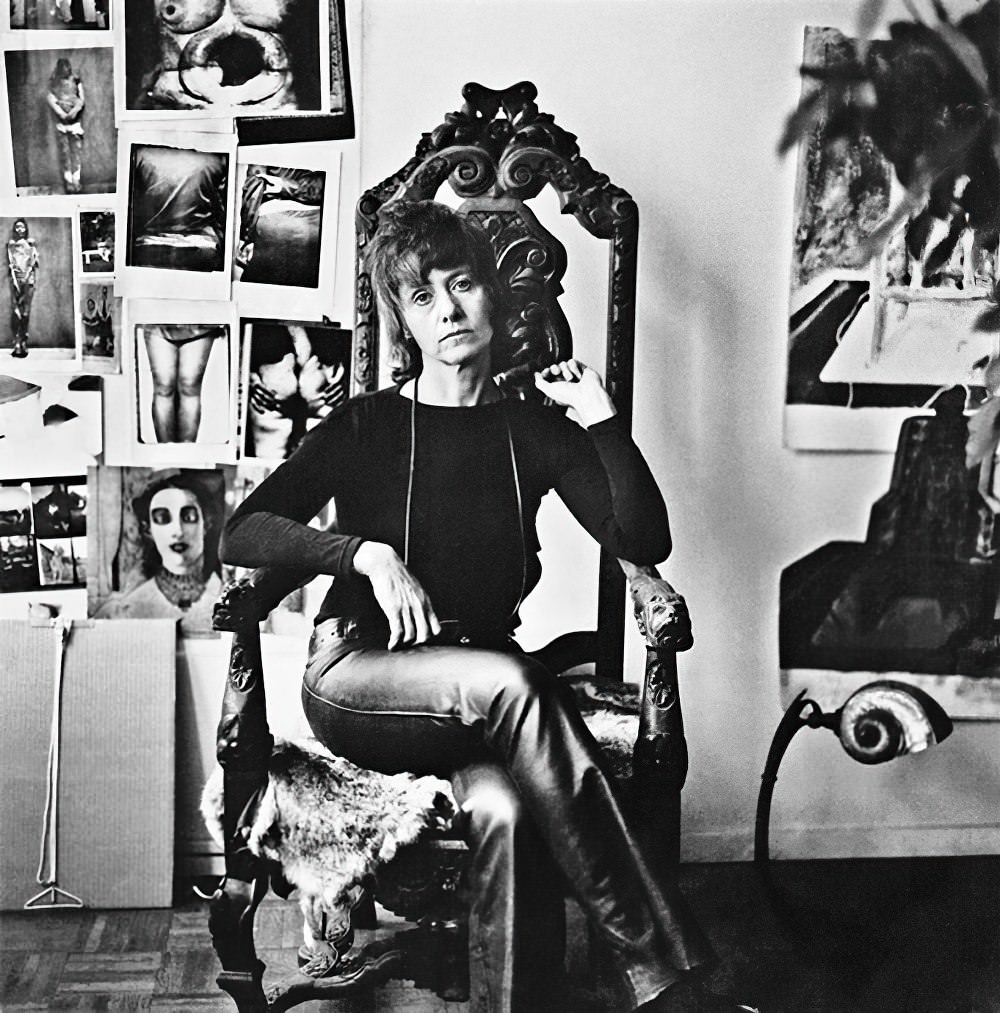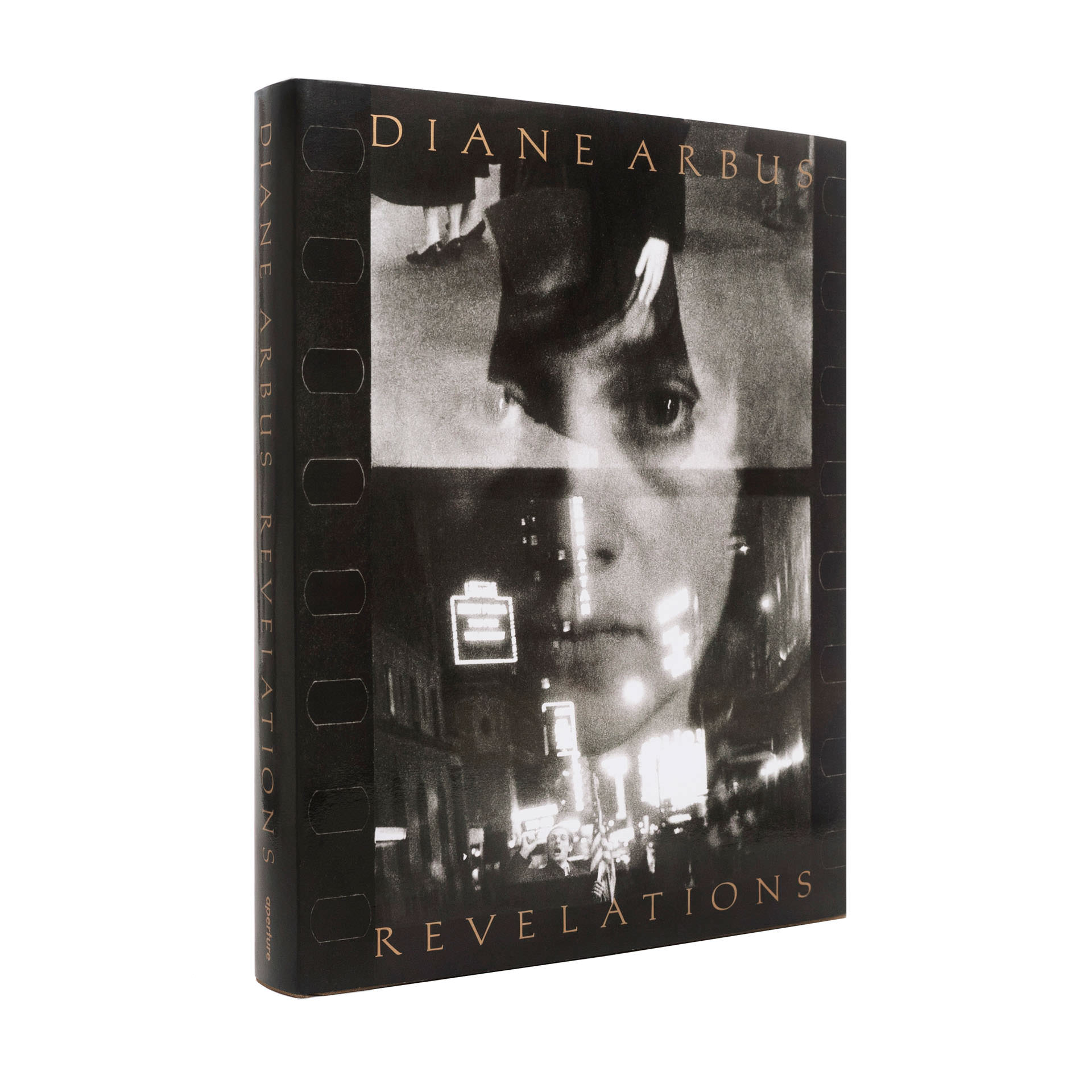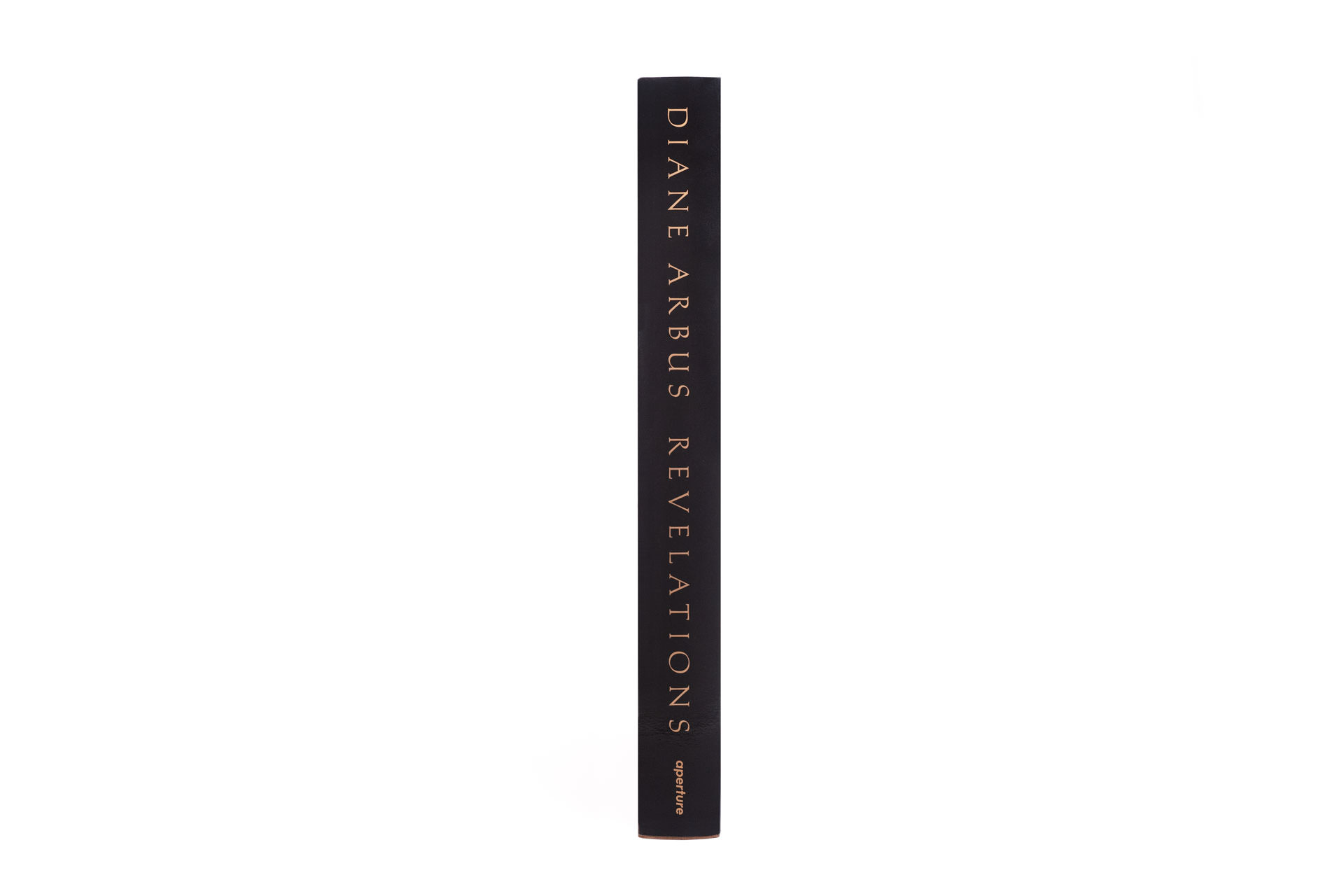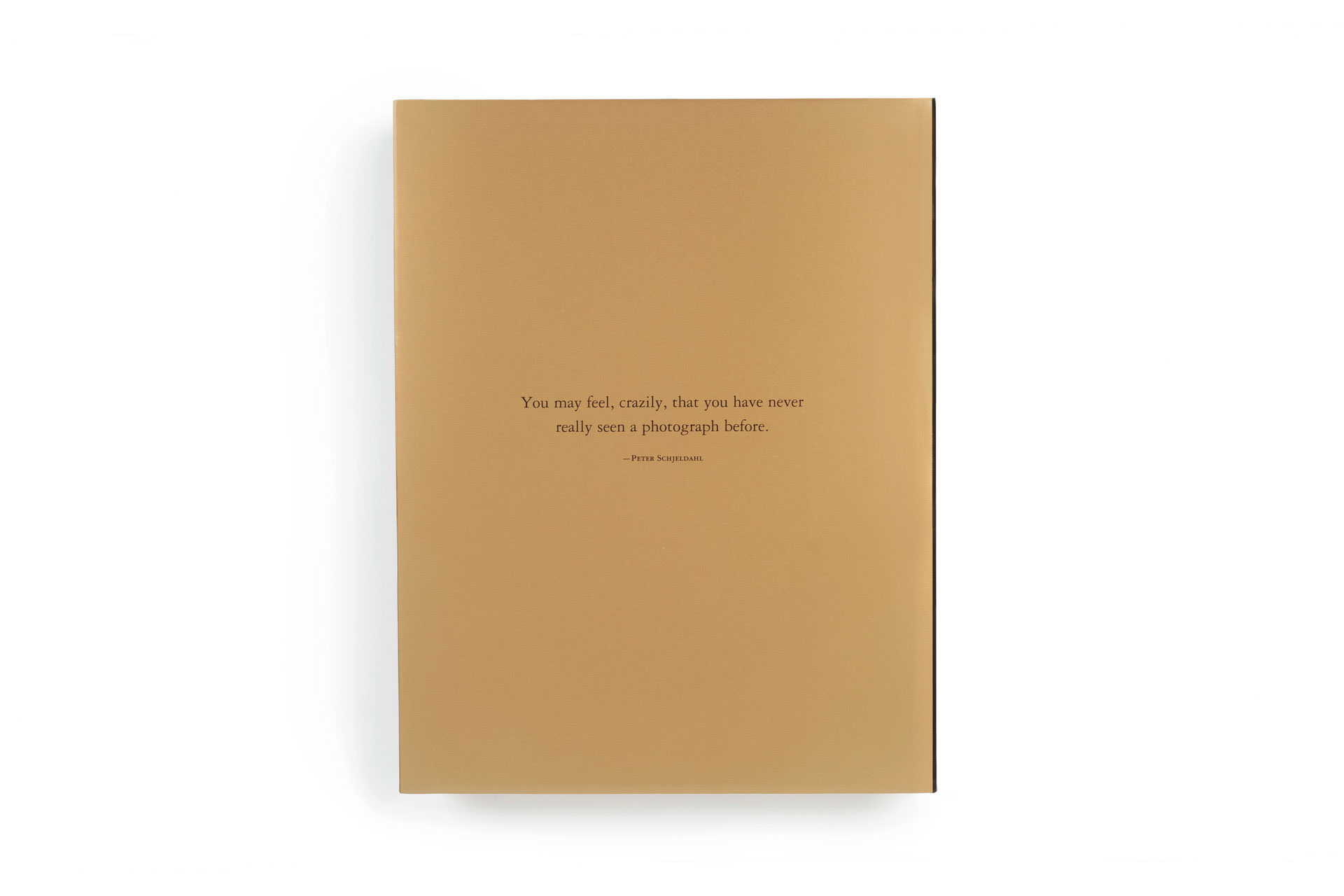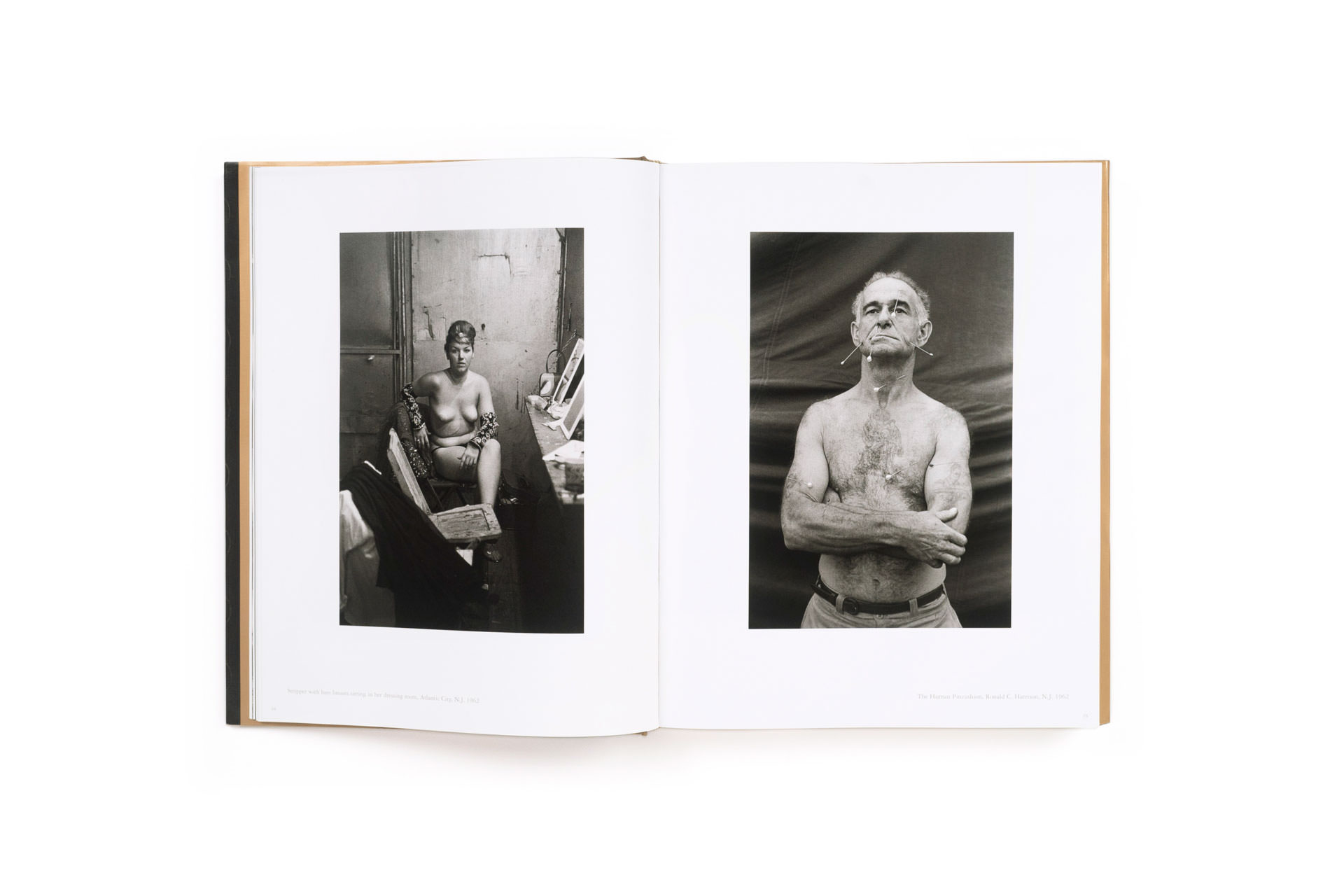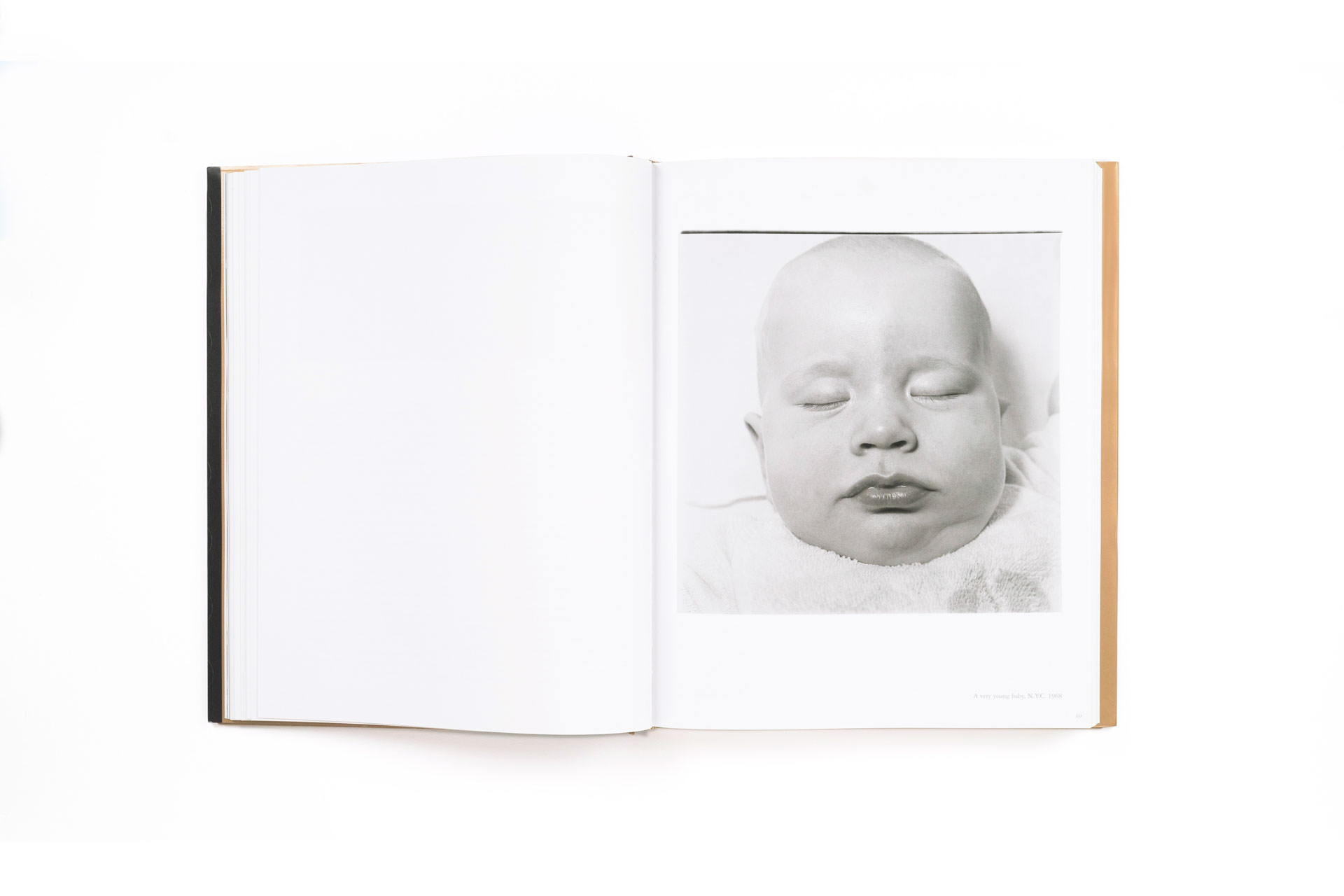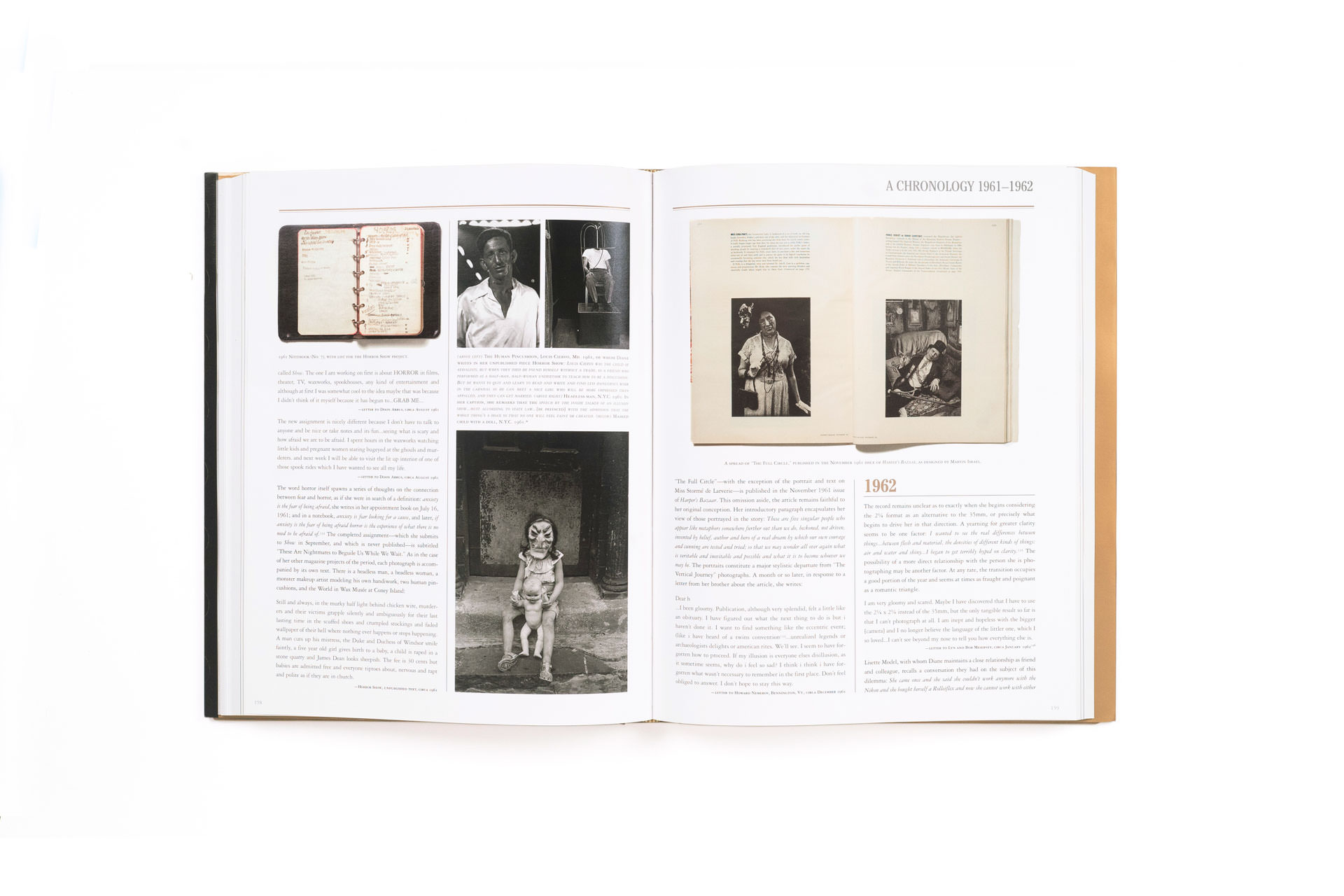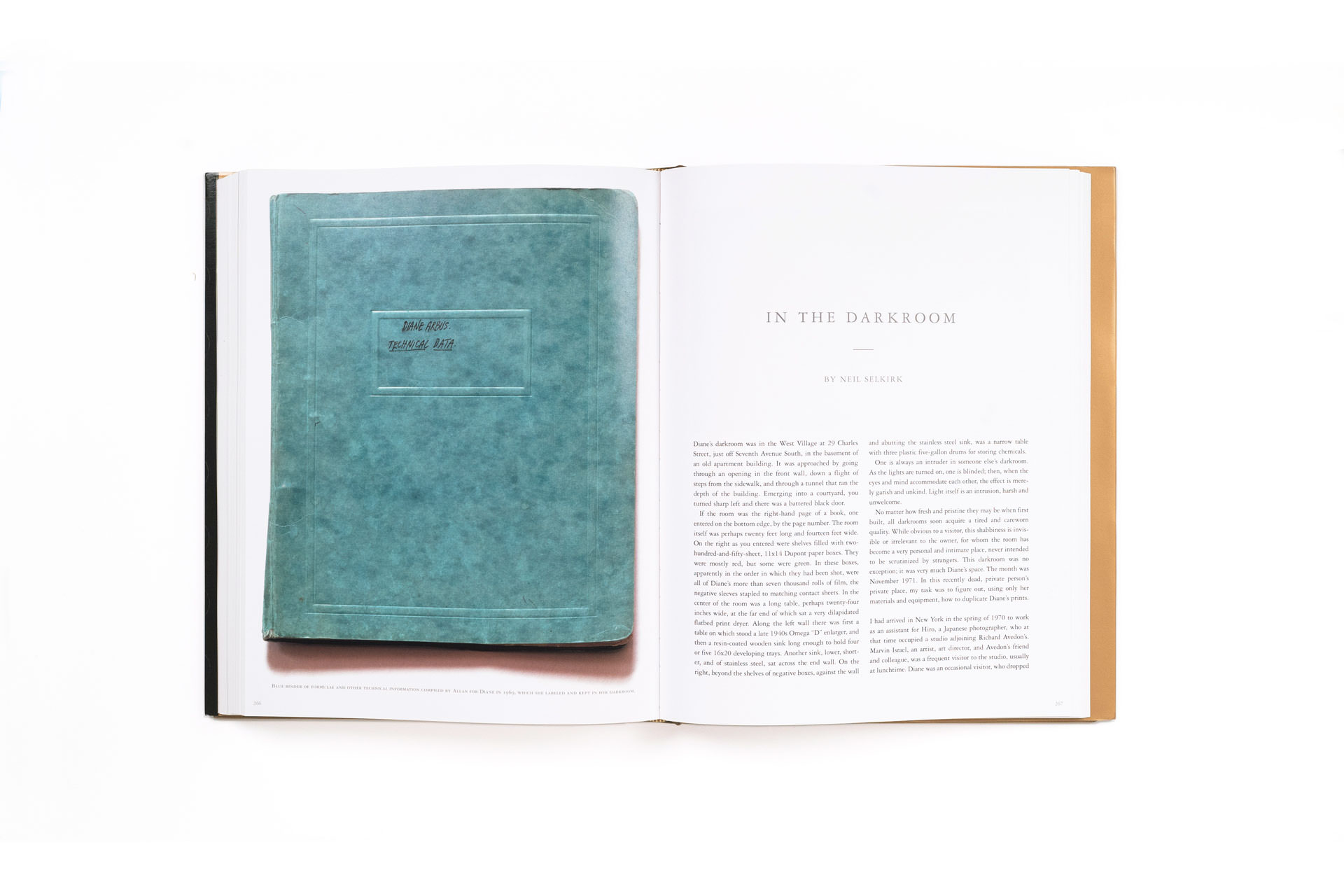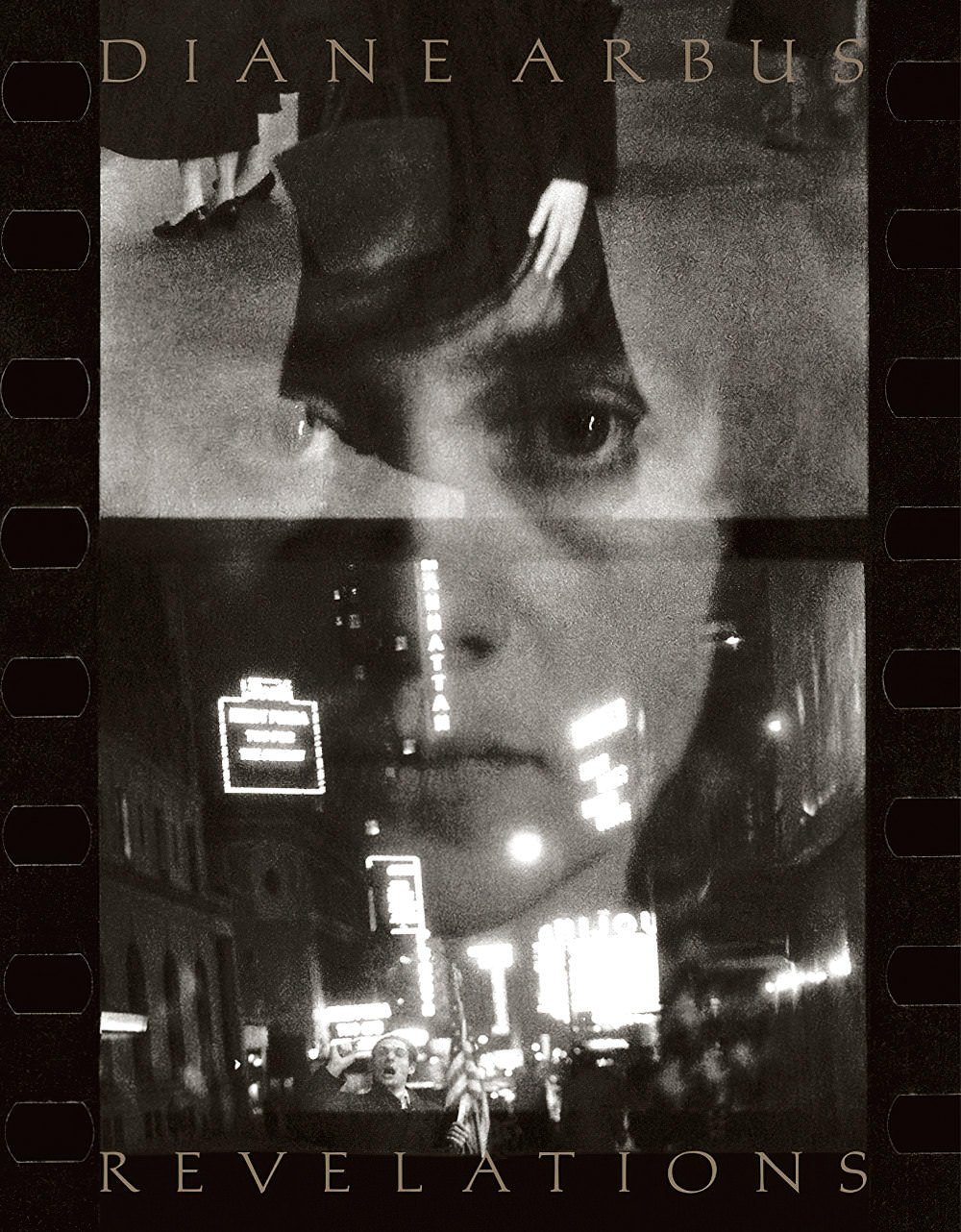Diane Arbus: Revelations
To ensure the ongoing availability of Diane Arbus Revelations, Aperture is proud to release this vitally important volume on the fiftieth anniversary of the posthumous 1972 Arbus retrospective at the Museum of Modern Art and the simultaneous publication of Diane Arbus: An Aperture Monograph.
Revelations explore the origins, scope, and aspirations of Arbus’s wholly original voice. Arbus’s frank treatment of her subjects and her faith in the intrinsic power of the medium have produced a body of work that is often shocking in its purity, in its steadfast celebration of things as they are. Presenting many of her lesser-known or unpublished photographs in the context of the iconic images reveals a subtle yet persistent view of the world.
The book reproduces two hundred full-page duotones of Diane Arbus photographs spanning her entire career. It also includes a new contribution by Sarah Meister, executive director of Aperture, alongside essays by Sandra S. Phillips, senior curator of photography, emeritus, at the San Francisco Museum of Modern Art, and a discussion of Arbus’s printing techniques by Neil Selkirk, the only person authorized to print her photographs since her death. An extensive chronology by Elisabeth Sussman, guest curator of the San Francisco Museum of Modern Art show, and Doon Arbus, the artist’s eldest daughter, is illustrated by more than three hundred additional images and composed primarily of excerpts from the artist’s letters, notebooks, and other writings, amounting to a kind of autobiography. An afterword by Doon Arbus precedes biographical entries on the photographer’s friends and colleagues, compiled by Jeff L. Rosenheim, curator in charge of the Department of Photographs at the Metropolitan Museum of Art, New York. These texts help illuminate the meaning of Diane Arbus’s controversial and astonishing vision.
Contributors
Photographs by Diane Arbus. Text by Doon Arbus, Sarah H. Meister, Sandra S. Phillips, Jeff L. Rosenheim, Neil Selkirk, and Elisabeth Sussman.
Sarah H. Meister is executive director of Aperture, following more than twenty-five years at the Museum of Modern Art, New York.
Sandra S. Phillips is curator emerita of photography at the San Francisco Museum of Modern Art, where she co-curated Diane Arbus: Revelations (2003).
Jeff L. Rosenheim is curator in charge of the Department of Photographs at the Metropolitan Museum of Art, New York.
Neil Selkirk printed Diane Arbus’s work for the 1972 posthumous retrospective exhibition at the Museum of Modern Art, New York, and has since been the only authorized person to create prints from her photographs.
Elisabeth Sussman is the Sondra Gilman Curator of Photography at the Whitney Museum of American Art, New York. She served as guest co-curator for the retrospective Diane Arbus: Revelations (2003).
About the Author
Diane Arbus ( March 14, 1923 – July 26, 1971) was an American photographer. Arbus’s imagery helped to normalize marginalized groups and highlight the importance of proper representation of all people. She photographed a wide range of subjects including strippers, carnival performers, nudists, people with dwarfism, children, mothers, couples, elderly people, and middle-class families.
She photographed her subjects in familiar settings: their homes, on the street, in the workplace, in the park. “She is noted for expanding notions of acceptable subject matter and violates canons of the appropriate distance between photographer and subject. By befriending, not objectifying her subjects, she was able to capture in her work a rare psychological intensity.”In his 2003 New York Times Magazine article, “Arbus Reconsidered,” Arthur Lubow states, “She was fascinated by people who were visibly creating their own identities—cross-dressers, nudists, sideshow performers, tattooed men, the nouveaux riches, the movie-star fans—and by those who were trapped in a uniform that no longer provided any security or comfort.” Michael Kimmelman writes in his review of the exhibition Diane Arbus Revelations, that her work “transformed the art of photography (Arbus is everywhere, for better and worse, in the work of artists today who make photographs).”
In her lifetime she achieved some recognition and renown with the publication, beginning in 1960, of photographs in such magazines as Esquire, Harper’s Bazaar, London’s Sunday Times Magazine, and Artforum. In 1963 the Guggenheim Foundation awarded Arbus a fellowship for her proposal entitled, “American Rites, Manners and Customs”. She was awarded a renewal of her fellowship in 1966. John Szarkowski, the director of photography at the Museum of Modern Art (MoMA) in New York City from 1962 to 1991, championed her work and included it in his 1967 exhibit New Documents along with the work of Lee Friedlander and Garry Winogrand. Her photographs were also included in a number of other major group shows.
In 1972, a year after her suicide, Arbus became the first photographer to be included in the Venice Biennale where her photographs were “the overwhelming sensation of the American Pavilion” and “extremely powerful and very strange”.
The first major retrospective of Arbus’ work was held in 1972 at MoMA, organized by Szarkowski. The retrospective garnered the highest attendance of any exhibition in MoMA’s history to date. Millions viewed traveling exhibitions of her work from 1972 to 1979. The book accompanying the exhibition, Diane Arbus: An Aperture Monograph, edited by Doon Arbus and Marvin Israel and first published in 1972 has never been out of print. (via Wikipedia.org)

